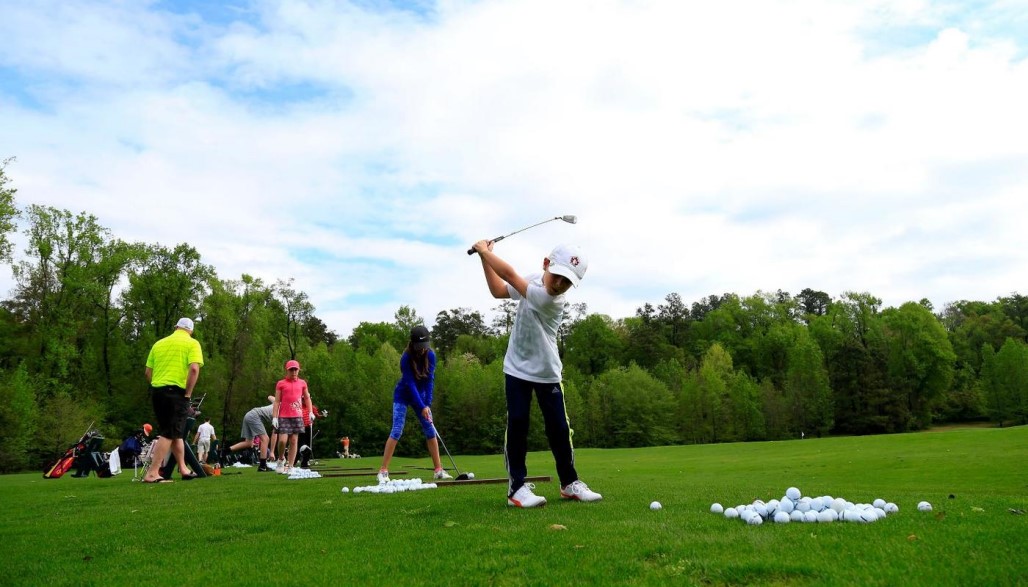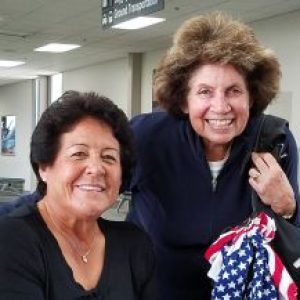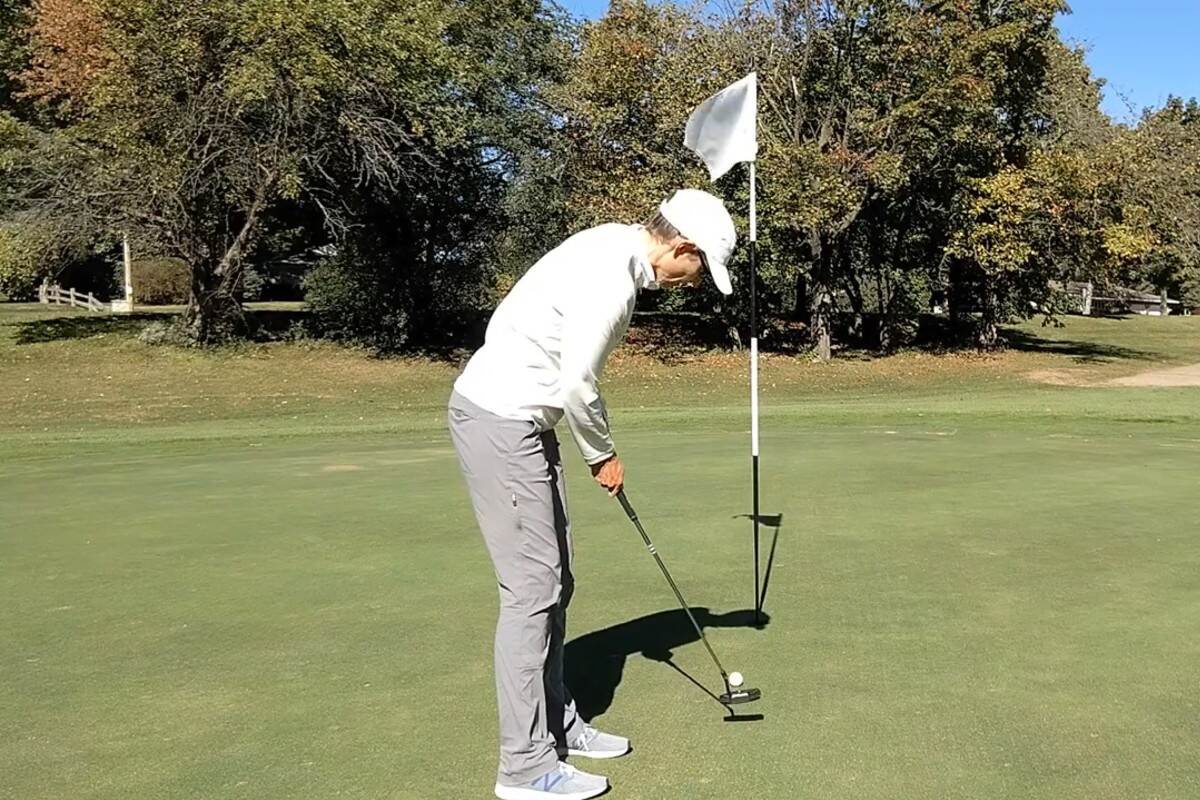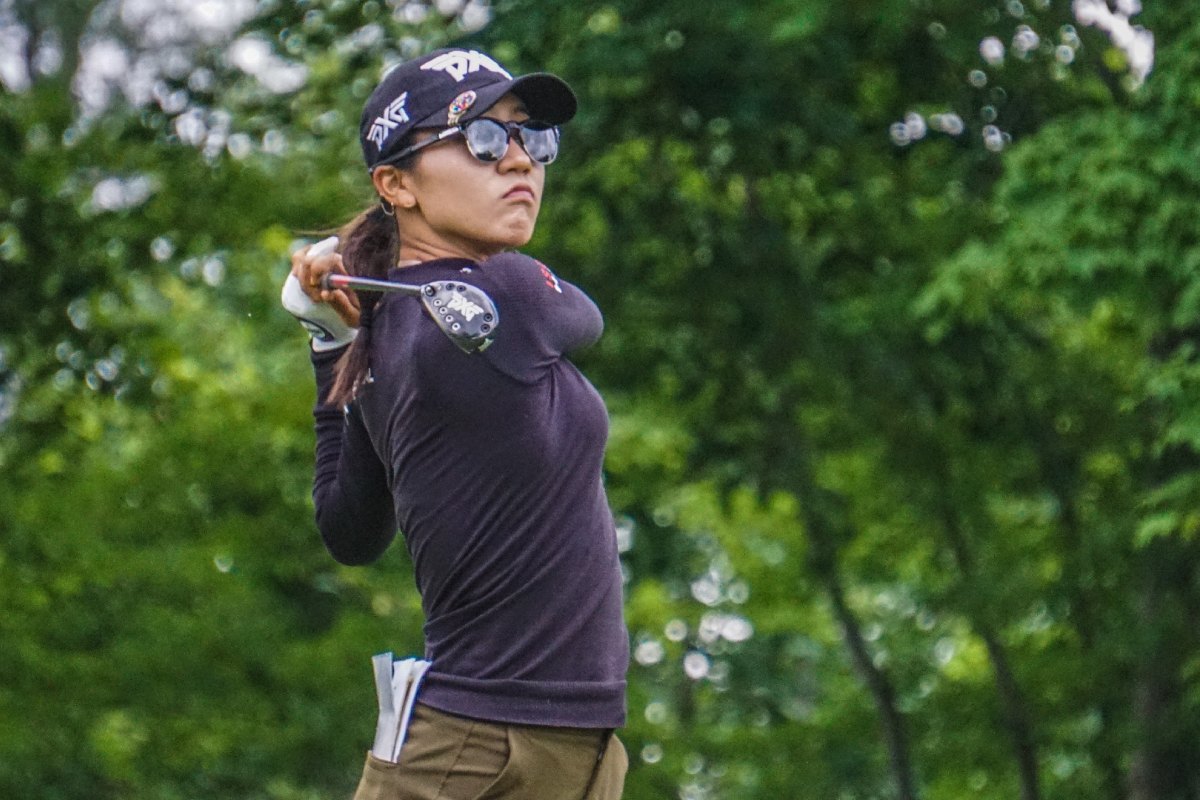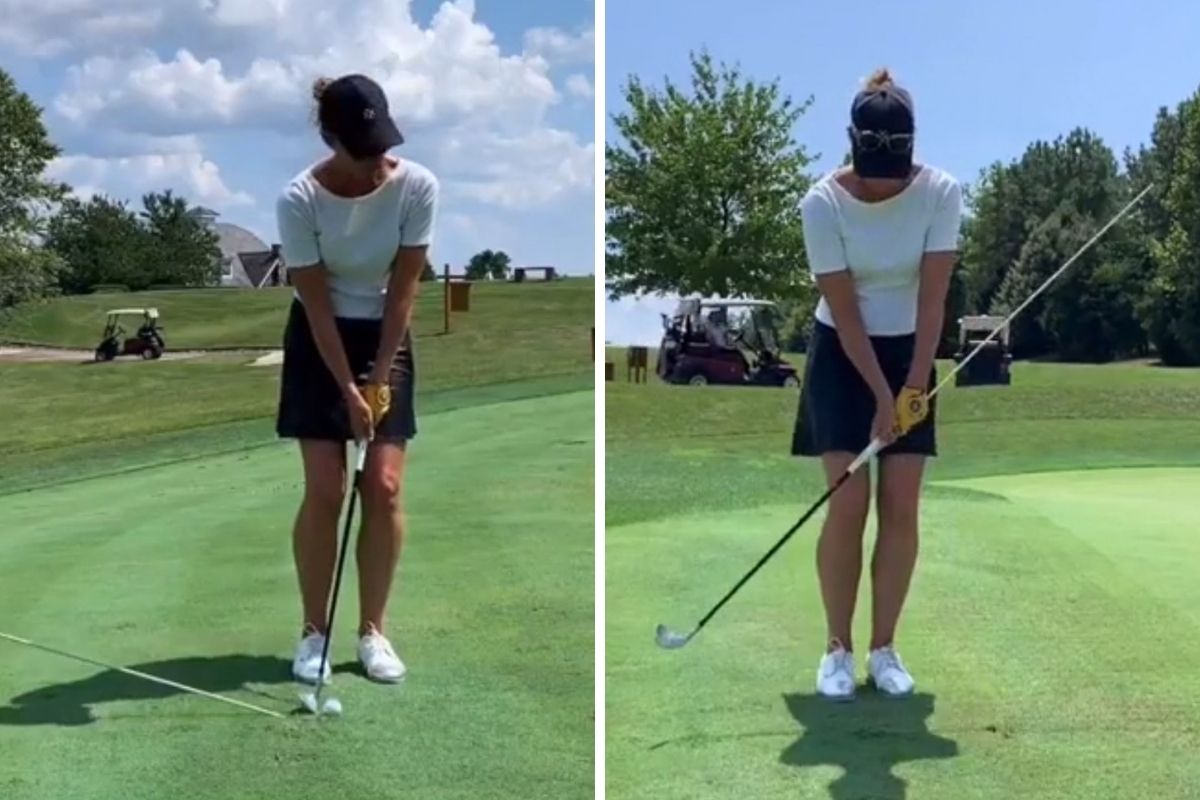One bright spot in the game of golf in the U.S. – and other countries as well – is the highly anticipated increase in the number of juniors taking up the game. But what teaching methods? What are the risks? Is your child a future champion?
In 2000 in St. Augustine, Florida, I attended a strategic conference for leaders in the golf industry — known as Golf 20/20. It was sort of a “think-tank.” The challenge was how to grow the game of golf – attracting children — and ride the Tiger wave to match the popularity of football, soccer, and basketball.
I particularly remember at that first Golf 20/20 hearing the First Tee’s CEO, Joe Louis Barrow, Jr., introduce a new and different golf program for kids in the U.S. “Different” was important because junior golf was not really “new.”
Back in the 1980’s, the American Junior Golf Association (the AJGA) established one of the first programs for competitive junior golfers. In 1976, Sweden held its first national youth tournament for participants 16 and under. PING introduced the Junior Solheim Cup in 2002.
Specific instructors and golf academies emerged quickly with reputations for training kids to compete at increasingly competitive levels. Lexi Thompson was a classic example of this new young prodigy golfer. (Just a note: Annika Sorenstam did not start to play golf until she was twelve.)
The First Tee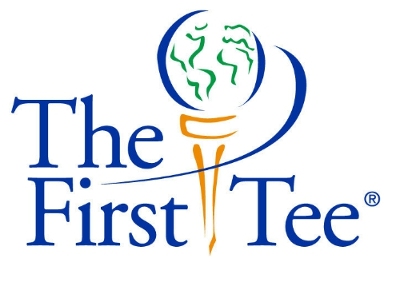 was a fundamentally new and different approach to junior golf. It was not focused on winning. The First Tee set out to use golf as a way to teach values like honesty and respect within the framework of the game of golf.
was a fundamentally new and different approach to junior golf. It was not focused on winning. The First Tee set out to use golf as a way to teach values like honesty and respect within the framework of the game of golf.
 Similarly, the USGA-LPGA Girls Golf program, with about 50,000 girls participating, championing golf as a fun and recreational activity. And more recently it is promoting the AXA Girls Golf Leadership Academy.
Similarly, the USGA-LPGA Girls Golf program, with about 50,000 girls participating, championing golf as a fun and recreational activity. And more recently it is promoting the AXA Girls Golf Leadership Academy.
 The PGA of America is now also on board with its junior “league” program for girls and boys. Taking its cue from the popularity of kids baseball and soccer teams, the PGA junior league program promotes recreational competition with a strong focus on team-building. www.pgajlg.com
The PGA of America is now also on board with its junior “league” program for girls and boys. Taking its cue from the popularity of kids baseball and soccer teams, the PGA junior league program promotes recreational competition with a strong focus on team-building. www.pgajlg.com
To summarize: Two paths for junior golfer are developing in the U.S. and elsewhere. One is focused on developing future professional tour stars. The other is for kids that will benefit from the skills and life lessons (including some competition) that golf teaches – not to mention the health of being outdoors and physically active.
So asking “Is Junior Golf Really Good for Kids?” is a complicated question. What kind of child are we talking about? What are the expectations of parents or other adult mentors? What athletic skills does the child have? Does the child have the time to devote hours of practice every day? Can the parents afford coaches and travel costs? And those are just a few questions!
 What especially brought this topic to my attention was the recent “Drive Chip & Putt” competition for children ages 9 to 14 sponsored by the Masters Tournament in Augusta, Georgia. The finals were on U.S. national television the Sunday beginning Masters week. (Registration for the 2017 Drive Chip & Putt is already underway).
What especially brought this topic to my attention was the recent “Drive Chip & Putt” competition for children ages 9 to 14 sponsored by the Masters Tournament in Augusta, Georgia. The finals were on U.S. national television the Sunday beginning Masters week. (Registration for the 2017 Drive Chip & Putt is already underway).
I was following a particular 9-year old girl from New Jersey, Angelina Tolentino, who had made it through all the regional Drive Chip & Putt competitions and was going to the finals in Augusta. Here is Angelina’s swing:

Angelina had tagged along with her dad to the local driving range when she was about seven. Her uncle, an accomplished golfer, recognized her talent and potential. In addition to her uncle’s coaching, Angelina works with four coaches at the Golf Performance Institute (GPI) located near her home in Mount Laurel, New Jersey. She still attends her local public schools but also travels to Florida twice a year for special coaching especially for tournament competition. She has two high school playing partners – both boys—who also work with GPI. Currently, Angelina is ranked by U.S. Kids as 15th in the world in her age bracket.
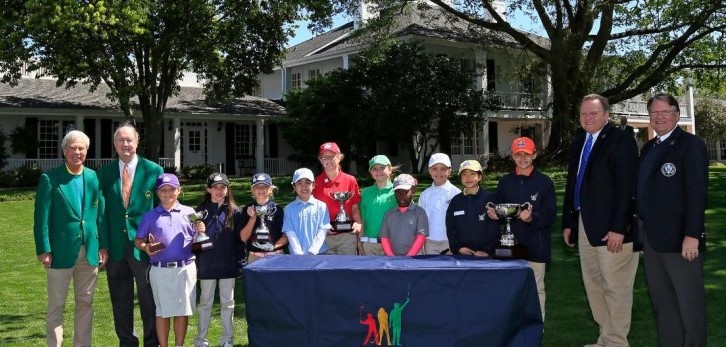
At Augusta, Angelina competed in the 7-9 girls competition (Angelina is the fourth girl from the left in photo above). It was a very “grown-up” experience that involved knowing how to greet adults, shake their hands, look them in the eye properly and then drive, chip and putt better than others in their age bracket. (I remember teaching my kids to say “please” and “thank you.”)
So how did Angelina do at Augusta? She hit her first two drives out of bounds – no points for that! But she chipped and putted well. I was interested in how she handled the experience and asked for a video response. Here’s what she said:
Is all this golf pressure good or bad for Angelina? She seems to be handling it pretty well.
What about that other trend in junior golf coaching that says that kids should be learning that golf is about “fun” and not about winning.

